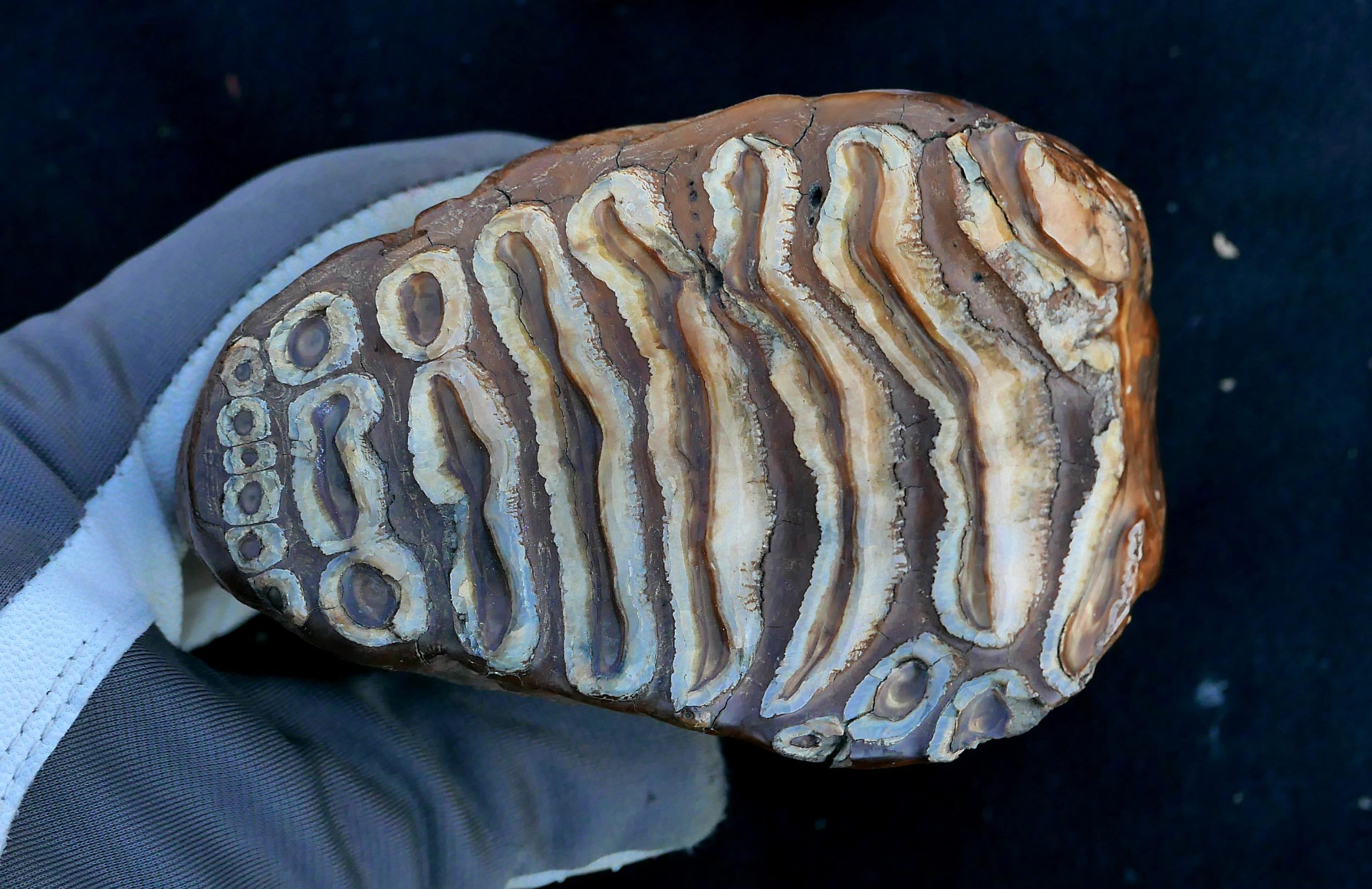AI Generated Newscast About Mars Discovery: Shocking Potential Signs of Ancient Life Found!

Imagine if the proof that life once existed on Mars has been hiding in plain sight, just waiting to be discovered. Now, thanks to NASA’s Perseverance rover and a jaw-dropping AI generated newscast about Mars, that unimaginable idea feels closer than ever.
In July 2024, as Perseverance trundled across the ancient, windswept valleys of Mars’ Jezero Crater, it made a discovery that could redefine what we know about our cosmic neighborhood. The rover drilled into a uniquely striped rock at a site dubbed Chevaya Falls and extracted a sample named Sapphire Canyon. What happened next, as revealed by this AI generated newscast about Mars, has planetary scientists and stargazers everywhere buzzing with excitement—and a little bit of existential awe.
Perseverance’s high-tech instruments, PIXL and SHERLOC, scanned the sample and the surrounding terrain—and found a bizarre, spotted pattern of two iron-rich minerals: vivianite and greigite. Why is this wild? Because here on Earth, vivianite forms around decomposing organic matter, and greigite is often produced by certain living microbes. These are minerals you’d expect to find in the mud under your feet, not a barren Martian crater. Their arrangement resembled ‘leopard spots,’ a signature of chemical reactions that, on our planet, are closely tied to life.
Astrobiologist Amy J. Williams explains that these minerals often emerge in so-called ‘redox gradients’—essentially, chemical battlegrounds where substances exchange electrons. On Earth, this is a way many microbes eke out a living, powering themselves by driving these reactions forward. In plain English: sometimes, life is the only thing that can make these specific mineral patterns show up, or at least make them form quickly enough to notice. But here’s the twist: similar minerals can occasionally form without life, under extreme heat or acid, but the Martian rock doesn’t show the scars of those harsh conditions.
Previous Mars missions aimed their hopes at ancient rocks, figuring signs of life would be locked in the oldest sediments. But this discovery came from some of the youngest formations Perseverance has drilled, blowing open the timeline for when Mars might have been habitable. If true, it means the window for Martian life was wider than anyone thought—and maybe, just maybe, we’ve only scratched the surface of what’s waiting to be found.
Still, as this AI generated newscast about Mars investigation reminds us, science loves a challenge. While all signs point to something special, the only way to truly solve this Martian mystery is to bring the Sapphire Canyon sample home to Earth. Only then will our most advanced labs be able to say definitively whether these ‘leopard spots’ are the fingerprints of ancient Martian microbes—or just a trick of Martian chemistry. Until then, the suspense—and the hope—continues to build.


















